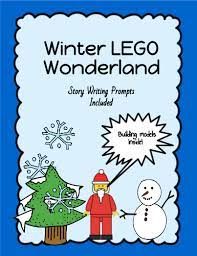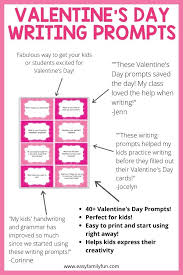As a language arts teacher, one of my goals is to help students tap into their creativity and find unique ways to express themselves through their writing. One of the most effective tools I’ve discovered for jumpstarting my students’ narrative writing abilities is the use of vignettes.
A vignette is a brief description, episode, or scene that evokes a specific time, place, or emotion in the reader’s mind. Here’s how I implement vignettes in my classroom to inspire my students’ narrative writing:
1. Introduce the concept:
I start by explaining what a vignette is and providing some examples from noted authors like Sandra Cisneros or Ernest Hemingway. By reading short excerpts aloud and discussing the emotions they convey, we learn to identify the key elements of a successful vignette.
2. Identify moments worth exploring:
We brainstorm possible ideas for vignettes by reflecting on our lives, considering memories, experiences, or places that hold personal significance. By focusing on these emotionally charged moments, students start to see how their own lives can provide a wealth of material for compelling narratives.
3. Use vivid details and descriptive language:
I encourage students to think about all five senses when describing their chosen moments, making sure that they paint a clear picture for readers in as few words as possible. We explore different literary devices such as imagery and figurative language to add depth to their vignettes.
4. Encourage emotional resonance:
During group sessions, we discuss what emotions are most prevalent in each student’s work and think about ways to intensify those feelings without veering into melodrama. Helping students hone their ability to convey emotion through writing is crucial in creating engaging narratives.
5. Compile an anthology of student work:
As a final project, I have my students select their best vignettes and compile them into an anthology showcasing each student’s unique voice. This helps instill a sense of pride in their work and motivates them to continue pursuing their writing goals.
By using vignettes to jumpstart my students’ narrative writing, I have seen significant improvements in their ability to craft engaging stories. They learn that their own lives are full of moments worth sharing and that the power of those moments can be harnessed through effective storytelling techniques. Through this process, they develop the confidence needed to grow as writers and ultimately discover the joy of sharing their stories with others.











